I recently discussed waders and the many options available for purchasing the right wader. Once you have a new pair reality sets in that all waders will leak sooner or later. Aside from warranty to make the repairs, often you are forced to make the repairs yourself after the warranty has expired or to prepare immediately for another hunt. This is how to make the best effort at repairing those waders.
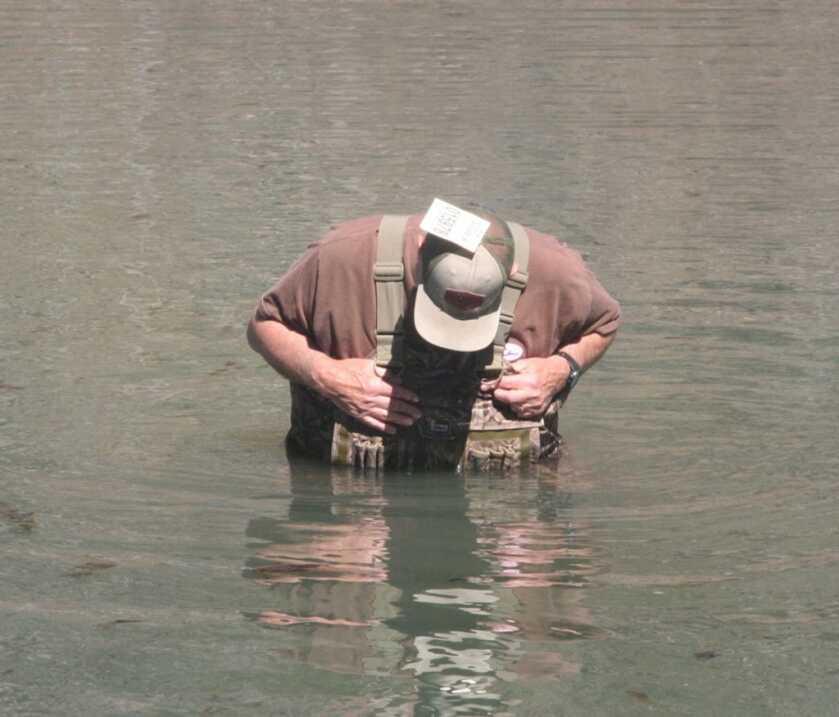
First off, whatever style of waders you have determines your available methods of repair and how much time you have to make the repairs is the second critical determinate. Glues take time to set and harden, but finding the leak might be the most time consuming requiring several fixes to get to the actual hole, seam, rip or puncture.
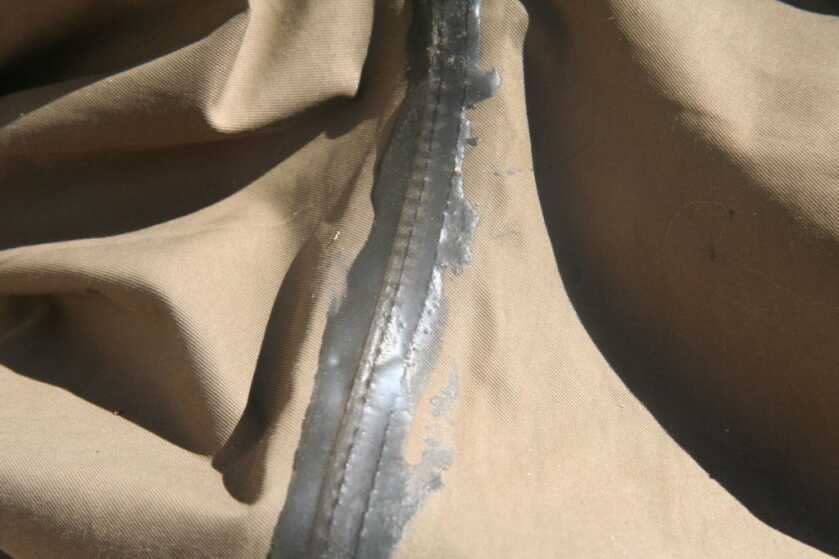
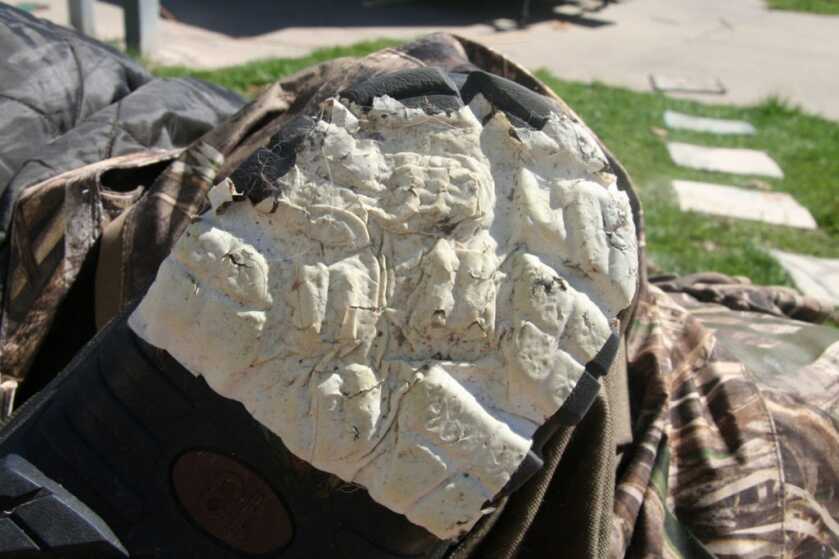
When in the marsh I tend to be in shallow water, maybe thigh deep. In the timber you quickly can go to waist and chest deep, so it is possible a leak never shows up until you go deep enough to reveal the wet spot. It makes sense as the pressure builds the deeper you go. Honestly, even the waders pictured here really never caused me any concern until I took them fishing and got waist deep in the water. If not for that, I easily might have used them again unknowing they had significant leaks. Finally, these waders are a project. First pair I had leaked first time I crossed a deep ditch and were in warranty. I was without those waders a month before a replacement was sent. I will admit, I have had two pretty good years out of these, but early in the 2021 season I started to have problems. Obviously out of warranty I grabbed the bull by the horns and made the fixes, as I needed them all season and in 2021 waders were hard to come by. Nothing worse that starting a hunt and feeling water but not knowing where it is coming in or just as bad, removing your waders after a long day and feeling moist wet spots. Either is frustrating.
A couple methods I have used are wearing a light colored pair of sweat pants under the waders and then going deep and afterwards looking for the relationship between the leak and the interior pants. This helps you align the leak. If you stay in the waders too long while they leak the area becomes too large to nail it down. So a quick in and then out and check for wet spots.
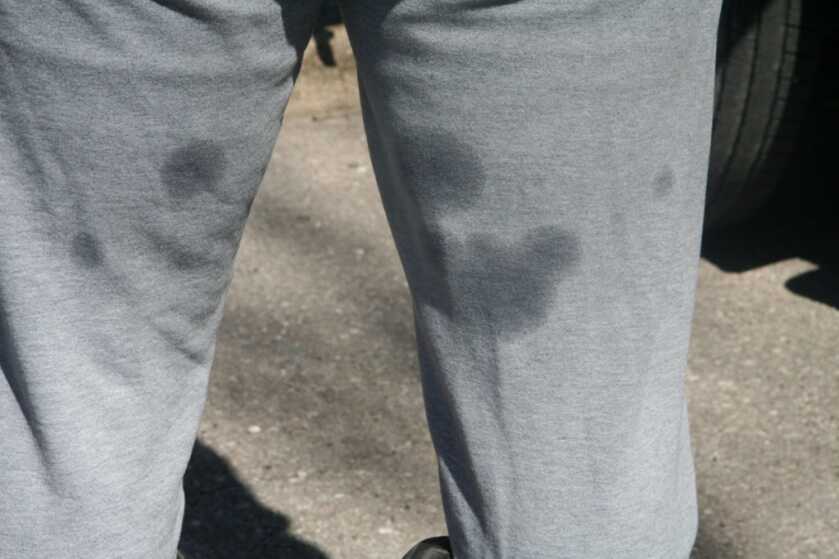
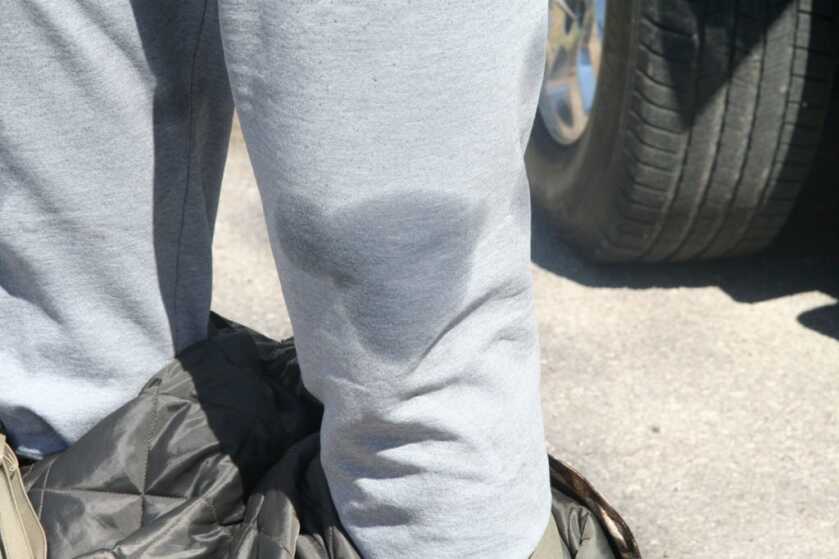
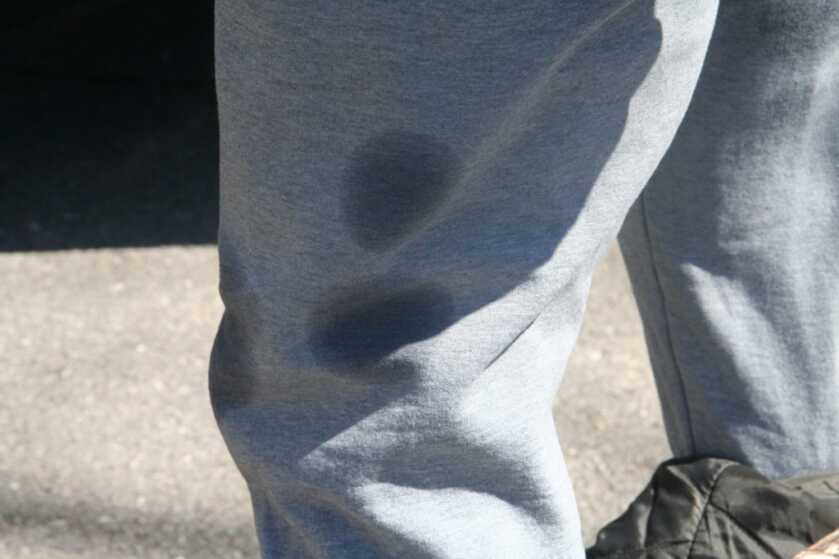
I have also seen people fill their waders with water and look for leaks on the exterior. This is OK, but waders full of water are heavy and hard to move around to see where they leak. Lined waders make this impossible. An alternative is to simply take a shop vacuum and inflate the waders and then run water over them and look for air bubbles. This really does work. I used it to find a leak I was totally confused about. I did not draw water when standing in the mud or sitting but tended to draw it in when I was walking.

Unlined waders are easy to fix and there are a variety of great sealing products on the market. I tend to use Aquaseal as it seals great and dries semi-soft. They have several products specific for repairs and Aquaseal even provides a version with an accelerator for fast repairs. Aquaseal can cover large areas as another advantage. Some use Shoe Goo but I have had limited success with the durability. Finally, Loon makes a great product that uses UV light to set the seal making it a fast and quick way to seal you waders. The product is .5 ounces so coverage is smaller than Aquaseal at .75 ounces. Shoe Goo covers a larger area at 1.0 ounce. Seam tape is another alternative that irons onto the seam. This really is only an option when you have a seam that is flat. Many times over the years, seams shrink and then do not lay flat so getting the tape to adhere is tough. As well there can be so many turns and twists that laying down a good line of tape is impossible. Most sealing tape is ¾” so look for wider tape if that might work for you.
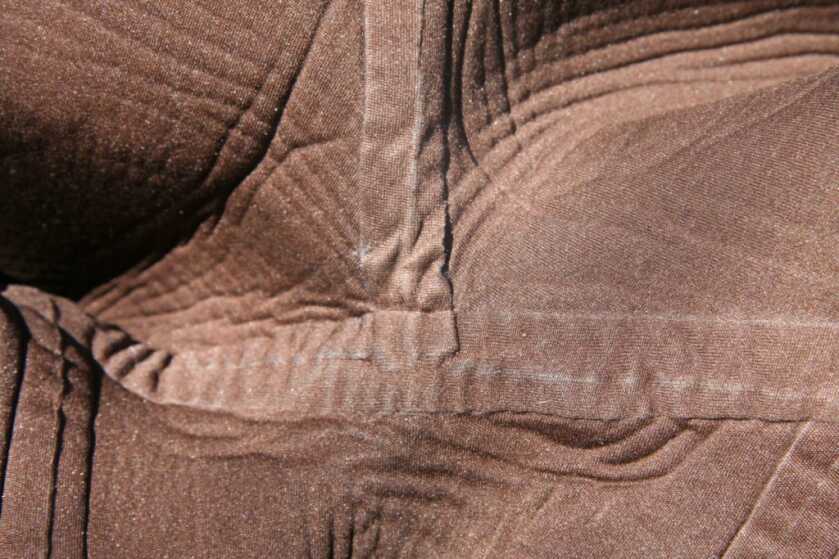
Lets start with neoprene waders. Seams on these waders are often glued together and then taped on the interior then stitched on the outside to complete the seal. These seams tend to leak in high stress areas like the crotch. Stretching and pulling the materials eventually breaks the seal and a fix is in order.
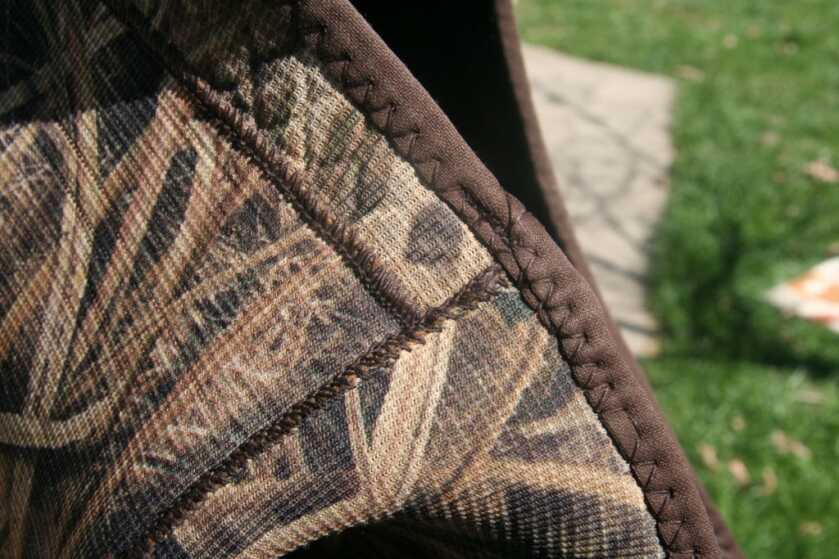
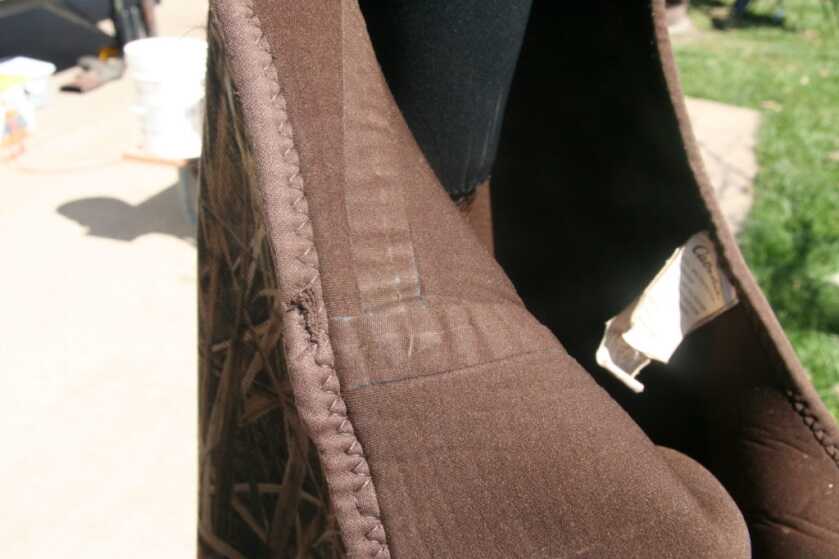
Fixing the seam on neoprene waders is typically done on the outside. The same process for finding the leak is required, and often unless ripped they leak slowly. You might in fact wear them for several hours before really even noticing you have a leak. Once again these waders like the breathable waders discussed here, did not show a leak until I got deep into the water. It was pretty obvious the crotch was the culprit and a simple application of Aquaseal stopped the leak completely. I should add here neoprene does not breathe and because of this moisture will collect and deceive you as to where the leak is really occurring. Breathable might also collect moisture, but in my experience if you wear the right clothes it wicks to the outer layer. Not so for neoprene.

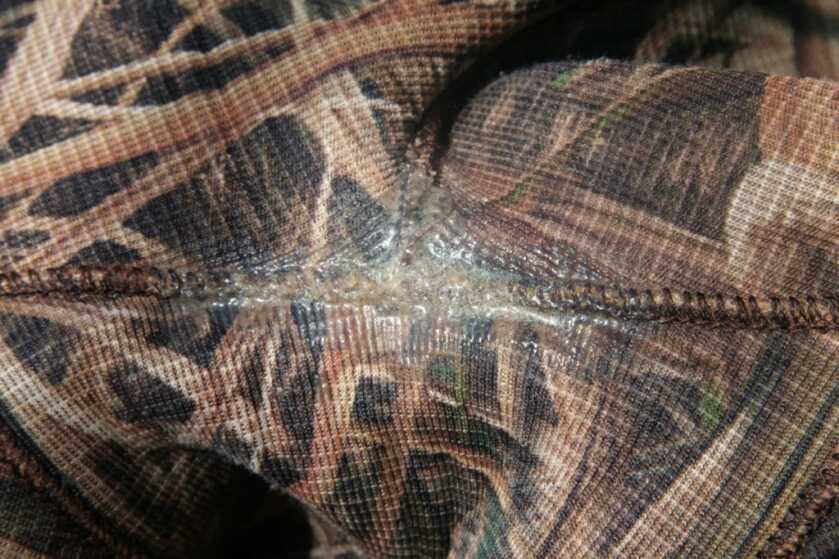
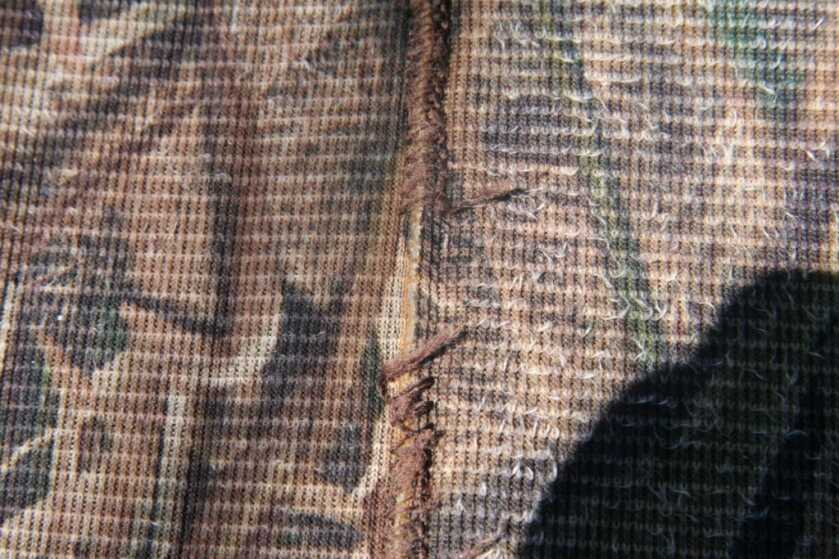
It might be intimidating to try and make a repair to breathable and lined waders. The soft lining keeps the breathable cloth from sticking to your skin and provides some warmth.
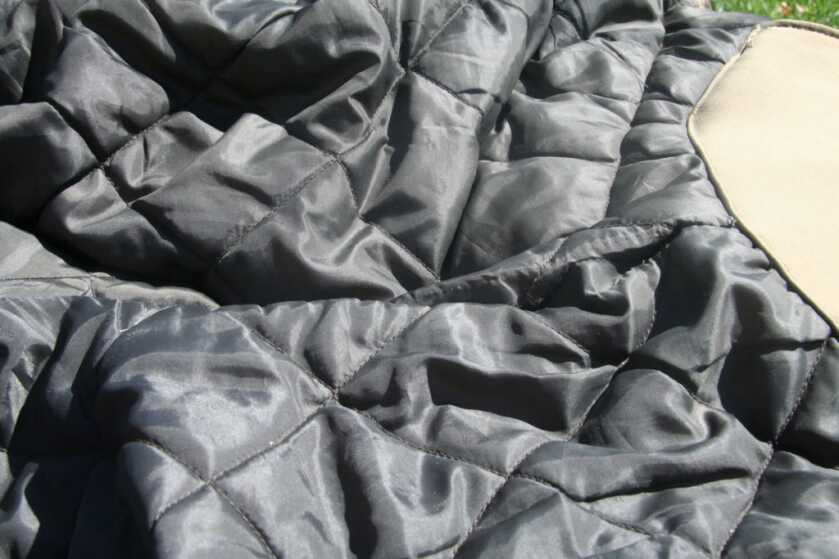
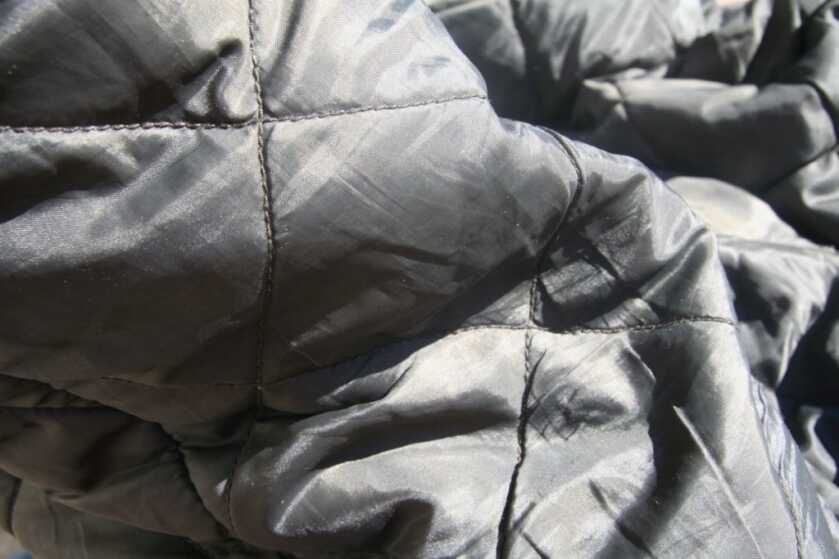
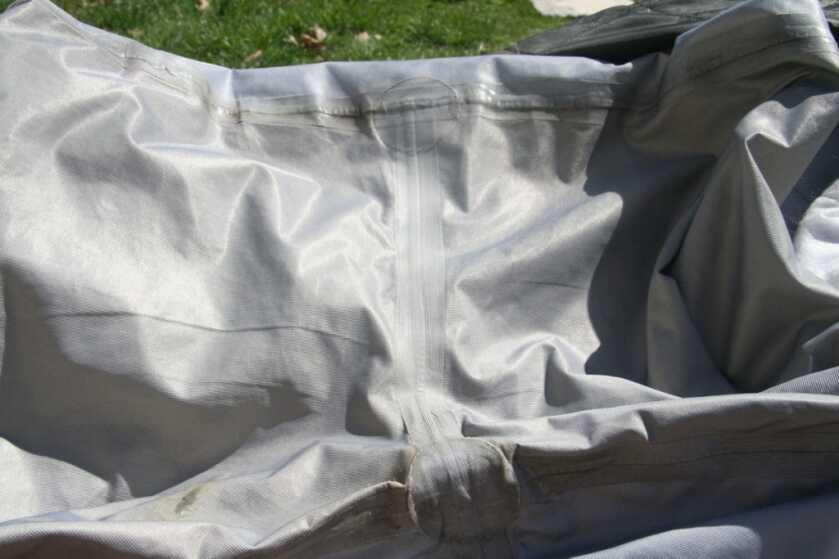
With lined waders, simply split the material at the center seam and fold back the quilted material to reveal the breathable fabric with its seams and joints. There will be plenty of material to place on a sewing machine to re-seam the material. Don’t be afraid to cut into the quilt seams wherever you feel you need to make a fix. Once in, take a look at the pictures you took of the spots and align those with the material.
When you are really frustrated with small holes try spraying the material on the inside with alcohol. This method will often reveal small leaks as discolorations of the materials.

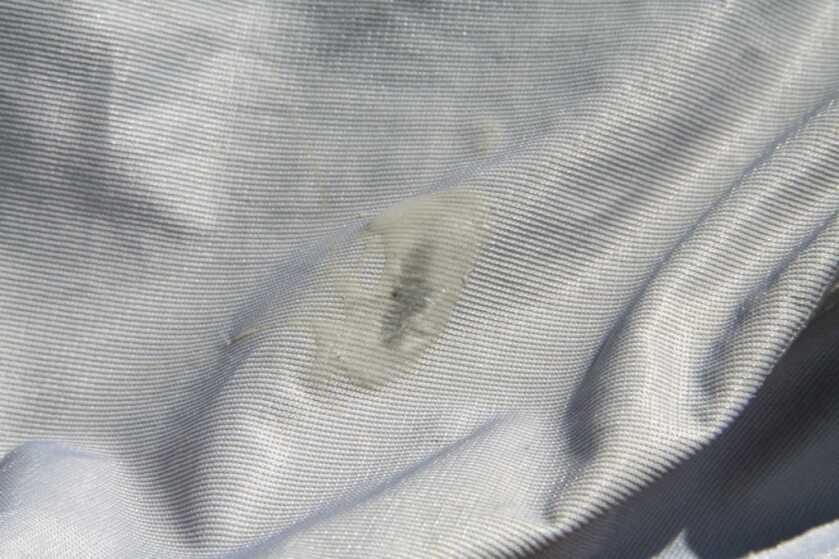
For this fix I had to completely ring the knee seam with Aquaseal both inside and out. As I mentioned Aquaseal can be purchased with an accelerator to speed up the set time. I mixed small batches and coated the seam.




I also had some large areas that had completely come unglued allowing a full flow of water into my waders if I went chest deep. Luckily I found this before having a full fill-up.
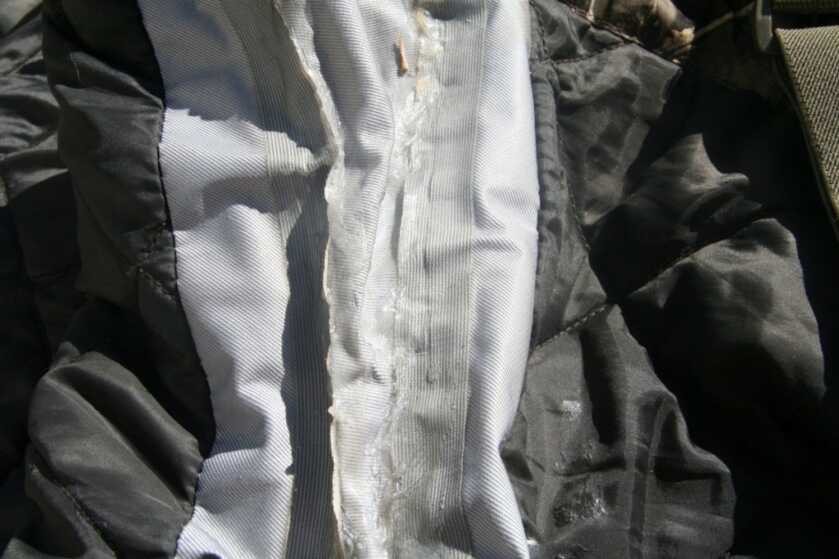
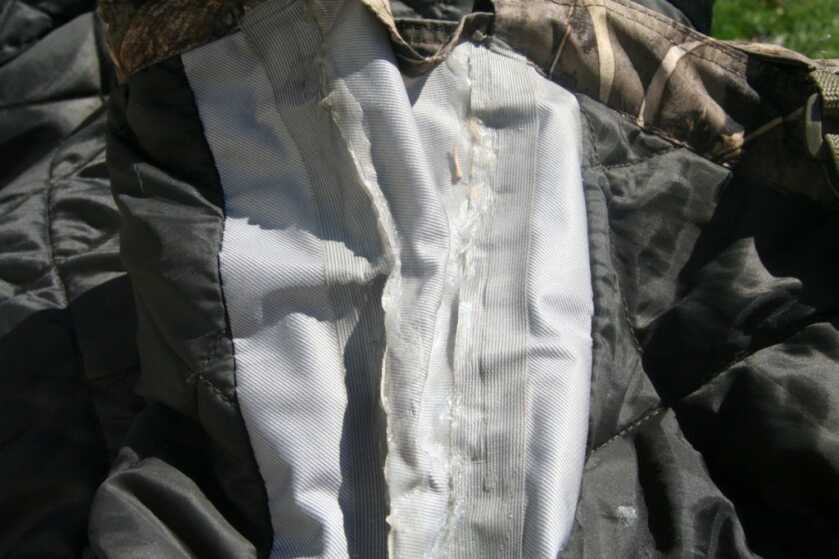
My final leak was pretty easy, but it was a rip. Not sure how it happened, but I found it before I went too deep and I simply stitched it by hand through the material and then sealed both sides.
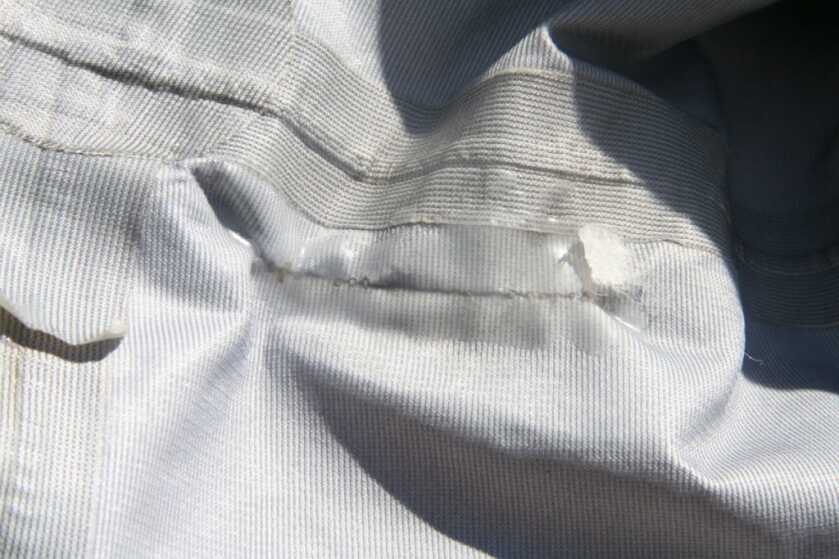

I really hope my trials and tribulations help you in figuring out your leaks. The process is simple but never easy. We find leaks on the first day of a three-day hunt and endure the other days until we can dry out our waders. Still eventually, you might need to take this on, as the cost of waders seems to be heading ever upward. Lots of different fixes here to guide you through your leaky wader problems. As a final footnote, I was able to find some wide iron-on tape that can cover existing seams and still seal the seam. Give this a try as well.

